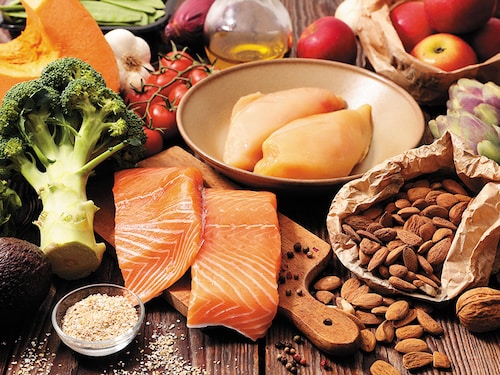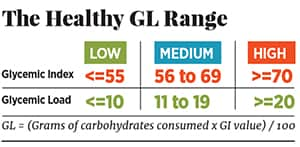Calories: The good, bad and ugly
All calories are not equally fattening. Don't simply count them; know their source and functions


 Image: Margouillat Photo/ Shutterstock
Image: Margouillat Photo/ Shutterstock
Food contains macronutrients that provide energy, which is received in the form of calories, namely, carbohydrates, proteins and fats. The energy received from various sources has different purposes in our body.
Calories from proteins and fats have multiple functions. For instance, fats called phospholipids protect cells from toxins, bacteria and viruses. Fats are also the significant constituents of cholesterol and lipoproteins. Although cholesterol is associated with cardiovascular disease, it is an important element in carrying out critical functions like formation of male and female sex hormones (progesterone, testosterone, estradiol and others), vitamin D, cortisol, and bile acid (chenodeoxycholic acid and cholic acid). Effective absorption of fat-soluble vitamins such as vitamins A, E, D and K also require fat 70 percent of the brain is made up of fat.
Dietary protein is the only macronutrient that contains nitrogen, which enables restoration and growth of body cells. Therefore, before the calories from proteins are converted into fats for storage, they are used for repair and growth of muscles, lean tissues and the production of essential hormones and enzymes.

Calories from carbohydrates—sugar, starch and fibre—from plant sources provide energy. Glycemic index (GI) refers to the potential of carbohydrates to raise blood sugar levels. Regularly consuming food with high GI levels leads to prolonged elevation of blood sugar, which can result in development of hyperinsulinemia, obesity, heart diseases, type 2 diabetes and cancer. Hence, it is critical to be conscious of and consume carbohydrates that have low to medium GI.
The idea of GI can be extended to the glycemic load (GL) of a meal. GL calculates the quantity of carbohydrates consumed, and how each unit of carbohydrate raises blood sugar and insulin levels. GL should ideally range from low to medium for a healthy meal. Consumption of dietary fibre in the form of leafy vegetables, salads and whole fruits modestly influences the GL of a meal, as the human digestive system is incapable of breaking down dietary fibre into simple sugar for absorption.

Calories should be seen in terms of their source, rather than numbers. Not all calories are equally fattening. In order to reduce the fat gain from ill-guided eating habits, it’s important to understand and maintain low GL, and aim for high consumption of leafy vegetables, fats and protein calories.
The writer is founder and CEO of 48 Fitness
First Published: May 19, 2018, 07:18
Subscribe Now